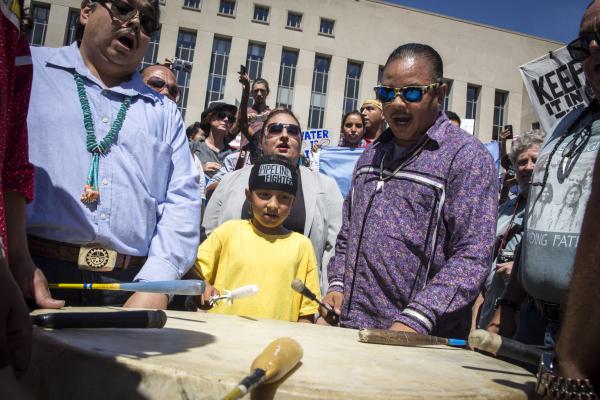Aug 26, 2016
Unlike the Keystone pipeline protests, which garnered headlines around the world, the Standing Rock protests have largely gone ignored – silenced, in McKibben’s words, as a result of “the endless history of unfairness” experienced by Native Americans.
Read the Full Article

Already a subscriber? Login
